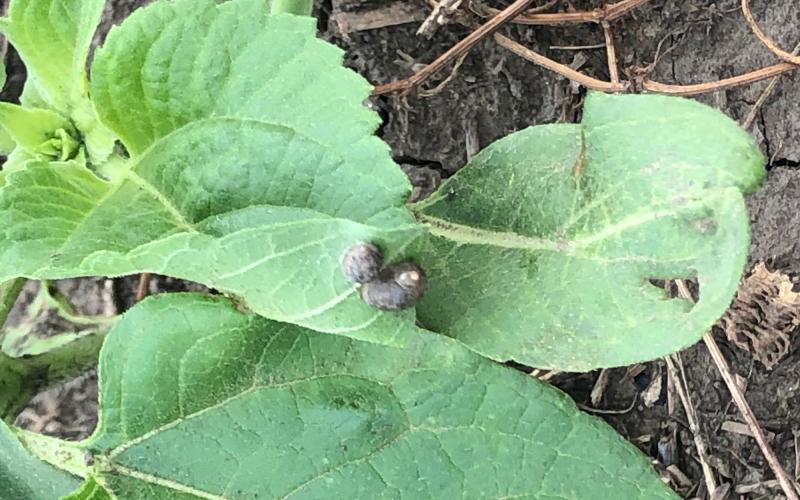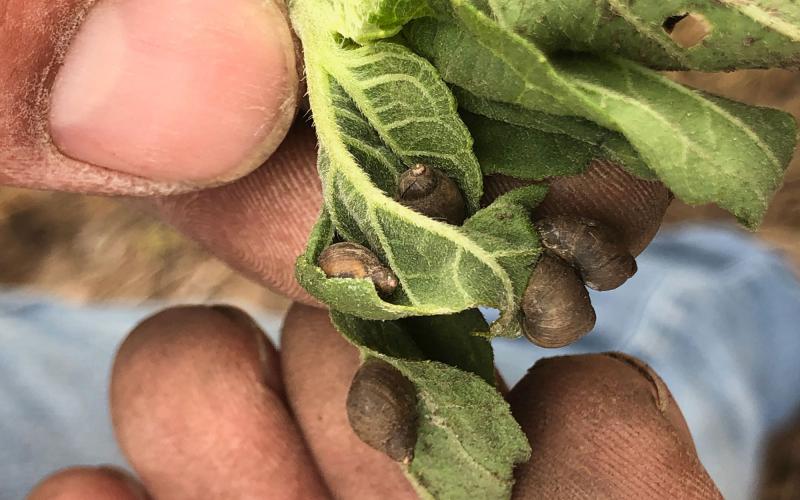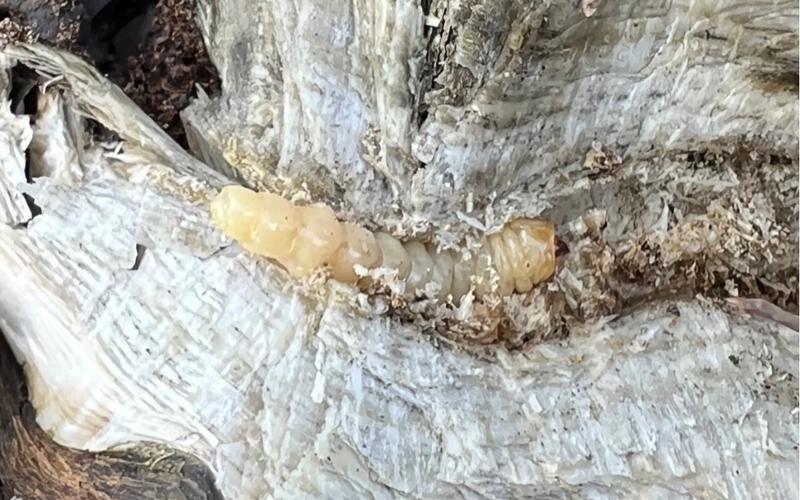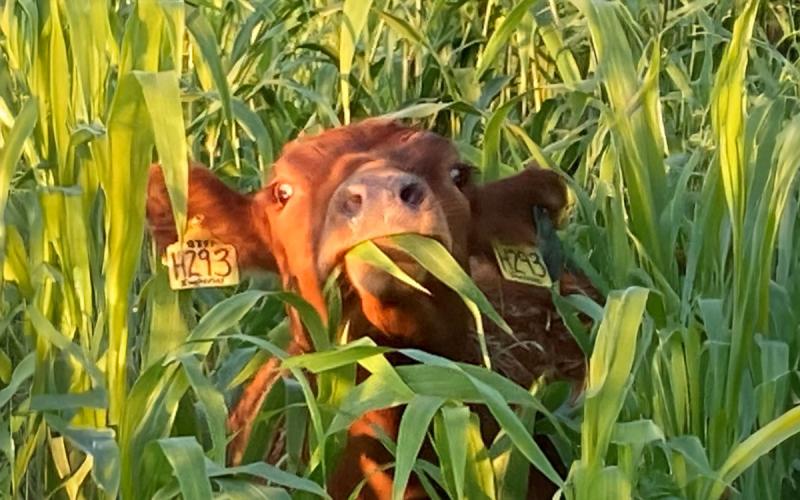
Last week we received reports of snail populations causing issues in South Dakota sunflower fields (Figure 1). Snails are normally not an issue in South Dakota crops but like their slug relatives, they can pose a threat to crops when field conditions are just right.
Snails benefit from high humidity, wet conditions, and the presence of crop residues, which is the most likely explanation for these snail observations in South Dakota.
Snails are not host-specific and are capable of feeding on many different plants. Snails feed by scraping the surface of the plant with their rasping tongues, which causes irregular holes with smooth edges (Figure 2). In some cases, the snail feeding will result in the plant wilting and eventually dying.

Snail populations during this time of the year should not require management. Most of the products that are labeled for slug and snail management are cost-prohibitive for row crops.
There is some evidence from researchers at Penn State that spraying crops with a 30% urea-based nitrogen solution mixed with equal parts water at a rate of 20 gallons per acre at night can be effective. The nitrogen solution acts as a contact poison to the slugs and can reduce their populations. However, it is noted that this approach must be repeated a few nights in a row as it provides no residual activity for slugs that were not covered with the solution.
This approach should be used with extreme caution as severe plant foliage burn will occur especially under hot and humid climate conditions and repeated application.


